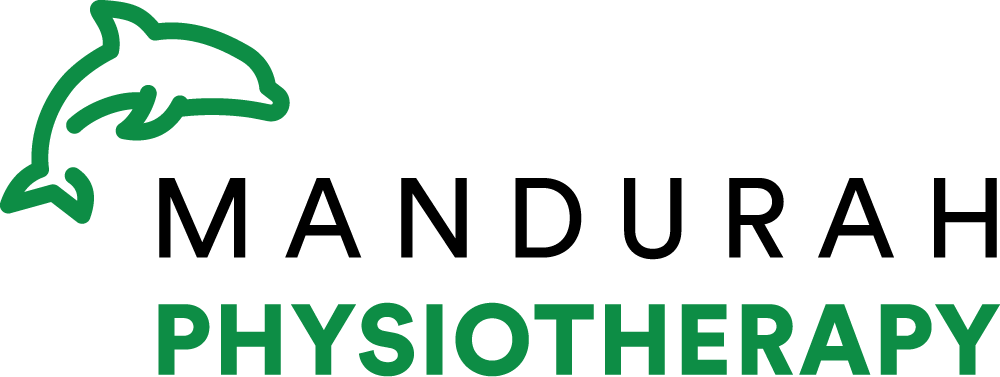If working for long periods in a sustained position, office exercises should be performed every 20-40 minutes in order to give the body a break. The “office workout” is becoming popular with employers as they realize that by allowing their employees to have this short regular break they are maintaining better health and are therefore able to perform better at their job. Certain muscles in our trunk work at low levels constantly throughout the day to support the trunk and upper limbs. These postural muscles are seemingly tireless but they are also vulnerable to injury. Some structures in the body, particularly the intervertebral discs of the spine, require frequent movement to stimulate circulation of blood and nutrients. This enables rehydration of the discs to enable them to function well as shock absorbers.
Try to spend a few minutes every half hour on the exercises for best benefit. In general, hold the stretches for a minimum of 15-20 seconds, and you should get a tight and mild straining feeling and not strong pain. Another tip is to be patient with your exercises. It is unrealistic to expect an immediate improvement for a long-term problem. Think of your stretches and work pauses as a part of your insurance policy against workplace injury. See our stretches video links for more information on stretches. Neck, spinal and shoulder stretches are vital for those sitting many hours a day.
Try with your exercise program to follow the principles of postural reversal. This means, that for example if you predominantly sit down for work, stand at every opportunity. Or go for a walk during your coffee break, move around the office and make exercise an important part of your recreation time. Space out your periods at the desk so you allocate regular breaks. If you spend long periods looking down at the surface of your desk at the computer then regularly pull your shoulders back, look up, arch your back, reach your arms up and so on. By regularly reversing your typical body postures, you will help prevent stiffness and injury.
Consult your physiotherapist for more specific assessment and a specific program designed for you. Whatever your preferred program it should be performed regularly for best results. Cardiovascular exercise is a great way to prevent postural injuries at work as muscles as in better shape to support the trunk. Sedentary computer work for long hours is loading on both the neck and spine. Regular maintenance visits to your physiotherapist are a great way to keep your neck and spine healthy and maintain full range and function. Don’t live in pain. Do something about it. Get some advice from an experienced physiotherapist for best results.


